Ground shipping is currently paused. Local deliveries throughout Long Island will continue as usual. Pre-orders for fall are now open. Non-local orders will begin shipping again in early September. Click here to learn more.
Please be aware that all shipping will be suspended on December 22 and will resume January 5. Dismiss
Skip to contentGround shipping is currently paused. Local deliveries throughout Long Island will continue as usual. Pre-orders for fall are now open. Non-local orders will begin shipping again in early September. Click here to learn more.
| Size | 4" Pot (Quart), Flat of 50, Nursery Pot (1-Gallon Trade Size) |
|---|---|
| Common Name | |
| Type | |
| Family | |
| Native? | |
| Zone | 3, 4, 5, 6, 7 |
| Height Range (ft.) | 2.00 to 3.00 |
| Spread (ft.) | 1.00 to 2.00 |
| Bloom Time | |
| Bloom Description | Dark Brown Centers, Yellow to orange-yellow rays |
| Sun | |
| Water | |
| Maintenance | |
| Suggested Use | |
| Tolerate | |
| Flower | |
| Attracts | |
| Growth Rate |

Rudbeckia hirta, or Black-Eyed Susan, is a native wildflower with bright yellow petals and dark centers—perfect for pollinator gardens and sunny borders.
$12.99 – $149.99Price range: $12.99 through $149.99
Please note: Sizes 1.5 Gallon and up can’t be shipped outside the counties of Nassau, Suffolk, and Queens.
Learn more about how the process works and how our plants are delivered.
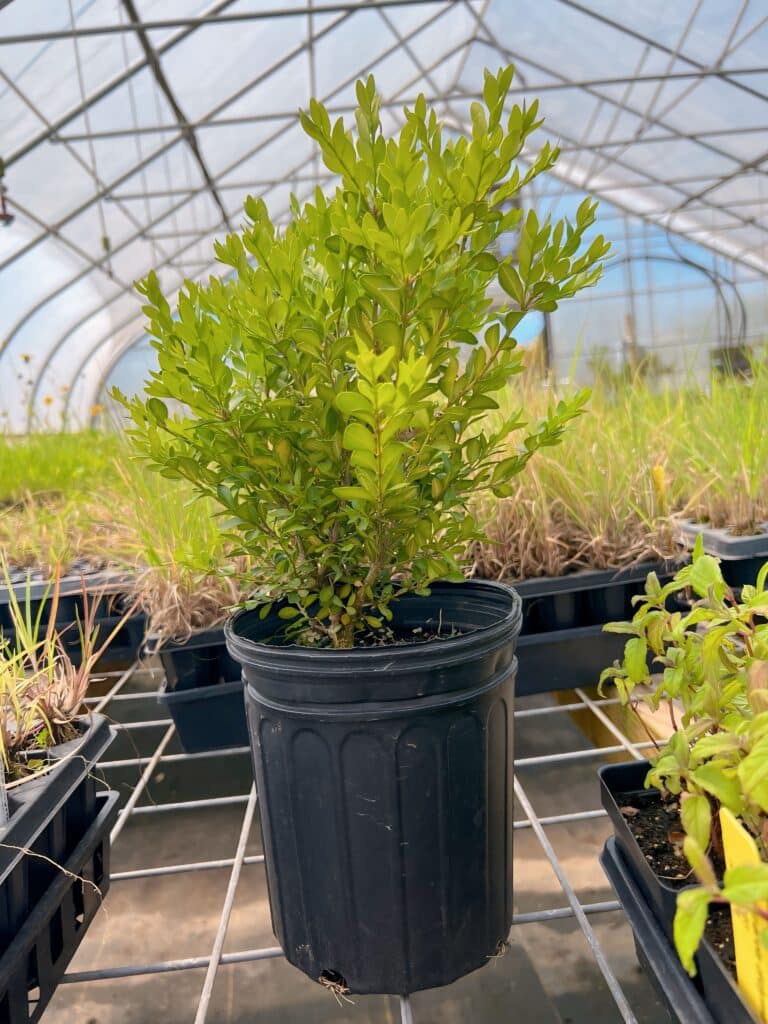
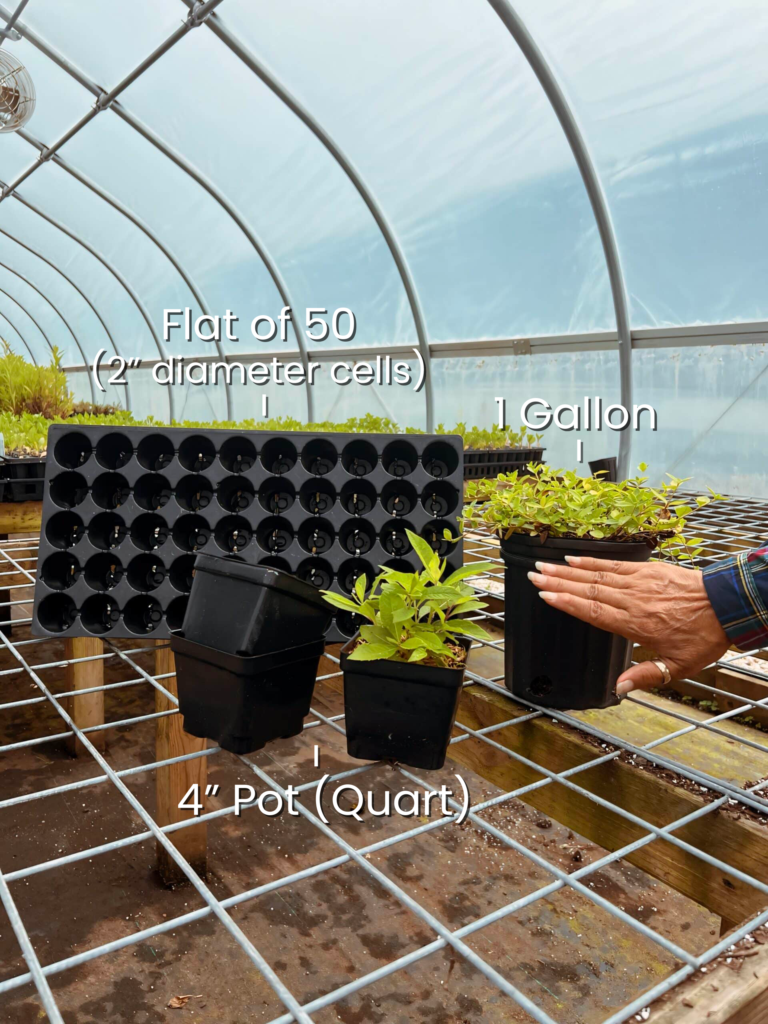
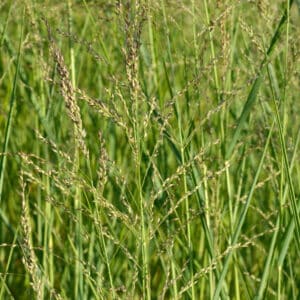
Ground shipping is paused due to summer heat. Only local delivery (Long Island & Queens) is available. Orders placed during the pause will begin processing September 1, and ground shipping will resume September 15.
| Size | 4" Pot (Quart), Flat of 50, Nursery Pot (1-Gallon Trade Size) |
|---|---|
| Common Name | |
| Type | |
| Family | |
| Native? | |
| Zone | 3, 4, 5, 6, 7 |
| Height Range (ft.) | 2.00 to 3.00 |
| Spread (ft.) | 1.00 to 2.00 |
| Bloom Time | |
| Bloom Description | Dark Brown Centers, Yellow to orange-yellow rays |
| Sun | |
| Water | |
| Maintenance | |
| Suggested Use | |
| Tolerate | |
| Flower | |
| Attracts | |
| Growth Rate |
Brighten your garden with the cheerful blooms of Rudbeckia hirta, commonly known as Black-eyed Susan. This beloved native wildflower is known for its striking yellow petals surrounding a dark brown center, providing vibrant color from mid-summer through early fall. In addition to its ornamental beauty, Black-eyed Susan plays a vital role in supporting local ecosystems by attracting pollinators like bees, butterflies, and other beneficial insects.
Black-eyed Susan is ideal for naturalizing in wildflower meadows, borders, or cottage gardens where its bright flowers add a burst of color. Pair it with other native perennials like Coneflowers, Bee Balm, and Asters for a pollinator-friendly planting that supports biodiversity. It’s also a great choice for cutting gardens, as the flowers last long in arrangements.
By planting Rudbeckia hirta, you help support local ecosystems by providing essential nectar and habitat for pollinators. As a native species, it plays a vital role in maintaining biodiversity and enhancing garden sustainability.
Add Black-eyed Susan to your garden for its vibrant blooms, easy care, and the ecological benefits it brings. This hardy, cheerful perennial is perfect for brightening up borders, attracting pollinators, and enhancing the beauty of your landscape.
/5
Total reviews
|
|
Persons recommended this product
Anonymous
Shopper
check_circle Verified
Shop owner replied
Was this helpful
Anonymous
Shopper
check_circle Verified
Shop owner replied
Was this helpful
There are no reviews yet.
Be the first to review “ ”
Your feedback helps us improve our service.
Please log in to submit a review.
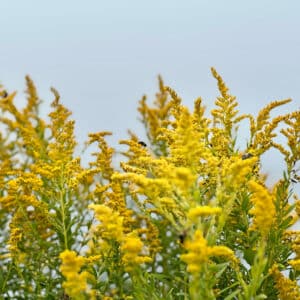
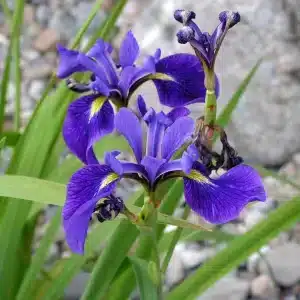
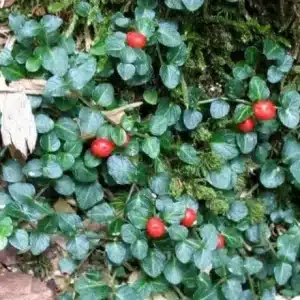
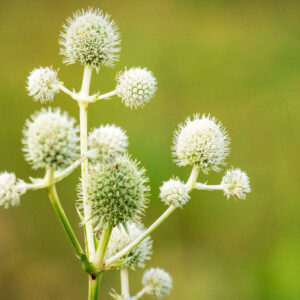
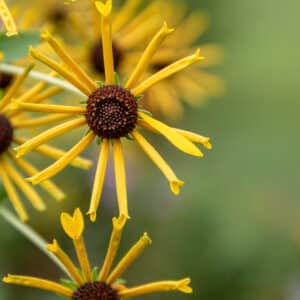

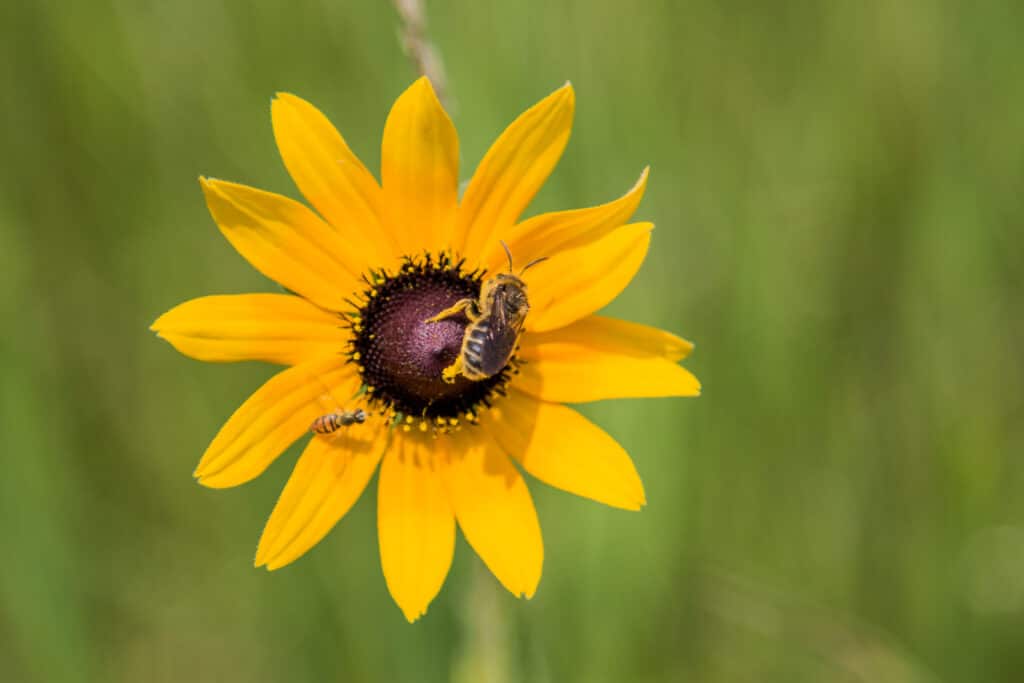
Black-Eyed Susan thrives in full sun and prefers well-drained soils. It is adaptable to various soil types, including clay, loam, and sandy soils, and is drought-tolerant once established.
This herbaceous perennial typically grows 2 to 3 feet tall and 1 to 2 feet wide, forming an upright, clump-forming habit with rough, hairy stems and lance-shaped leaves.
It blooms from June to September, producing bright yellow, daisy-like flowers with dark brown centers. These vibrant blossoms are highly attractive to butterflies and other pollinators.
Yes, Black-Eyed Susan is excellent for pollinator gardens, as its abundant blooms provide nectar for bees, butterflies, and other beneficial insects during the summer months
No, it is considered a low-maintenance plant. Once established, it requires minimal care and is generally pest and disease-free. Deadheading spent flowers can encourage additional blooming and prevent self-seeding if desired.
Our gift cards make it easy to share the beauty of plants, flowers, and all things green. Whether for a special occasion or just because, give the gift of choice and let them select their favorites to create a garden they’ll cherish.
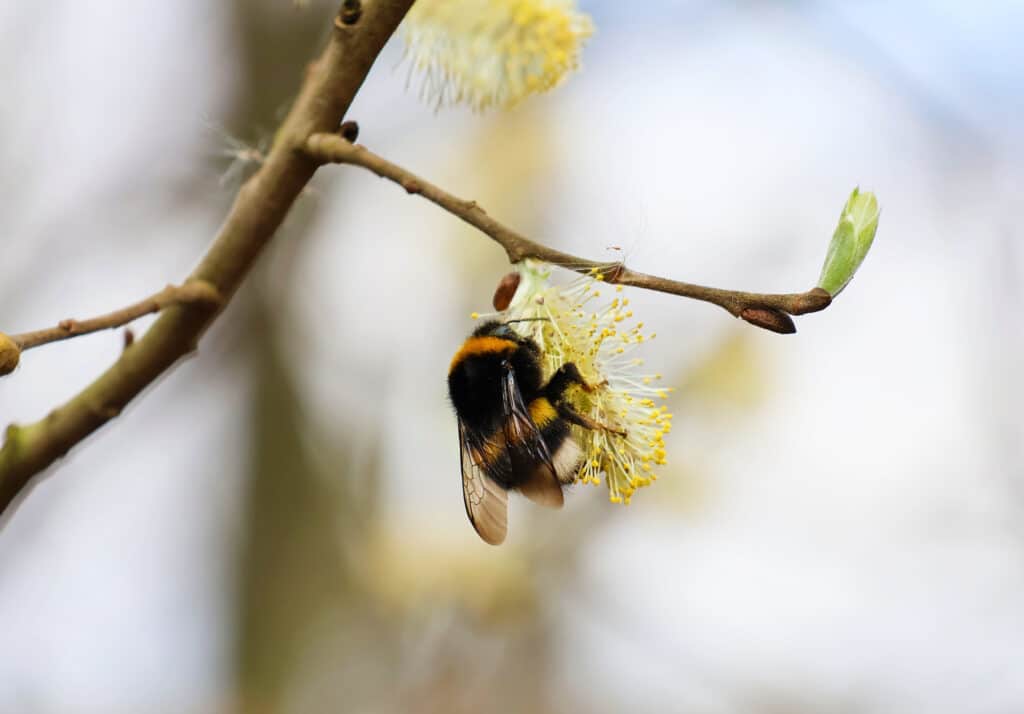
Only Local Delivery Available (Long Island & Queens)
Ground Shipping Paused
To protect our plants from extreme summer heat, we’ve paused nationwide ground shipping to avoid any damage during transit.
Local Delivery Only
We’re still delivering locally to Long Island and Queens, so nearby customers will continue to receive orders as usual.
Fall Pre-Orders Are Open Nationwide!
We will resume normal shipping for non-local orders placed during the pause in early September.
Thank you for your support and understanding—we’re looking forward to growing with you this fall!

Shipping Paused
Please be aware that all shipping will be paused on December 22.
Any orders placed after that time will be fulfilled when we resume operations in January 2025.